Armistice Day and victory of Serbia in the First World War PHOTO
In memory of November 11, 1918, when the Entente forces signed an armistice with Germany, Armistice Day is being marked in Serbia and around the world.
Thursday, 11.11.2021.
12:45
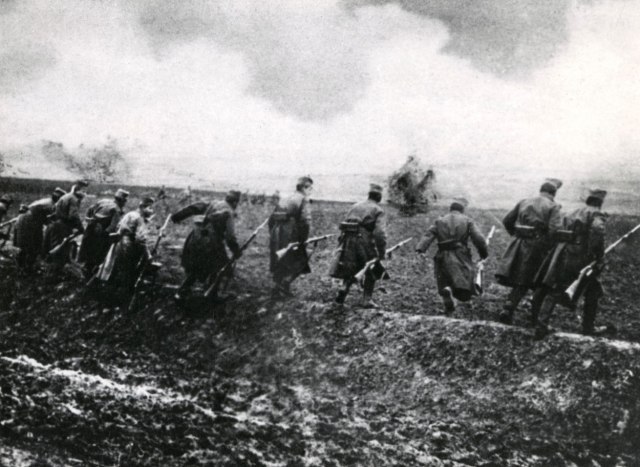
Armistice Day and victory of Serbia in the First World War PHOTO
Armistice Day was established as a national holiday in memory of November 11, 1918, when in the French city of Compiègne, in a special carriage of Marshal Ferdinand Foch at 11 am, an armistice was signed in the First World War, which was in force until the conclusion of the final Peace Treaty of Versailles on June 28, 1919.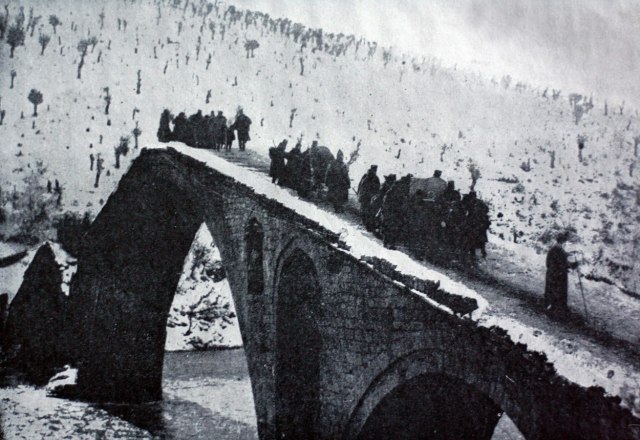
Serbia remembers with pride and reverence hundreds of thousands of civilians and warriors, innocently and heroically killed in the battles for the defense and liberation of the homeland during the four war years - from 1914 to 1918.
Marking Armistice Day both in Belgrade and Bitola
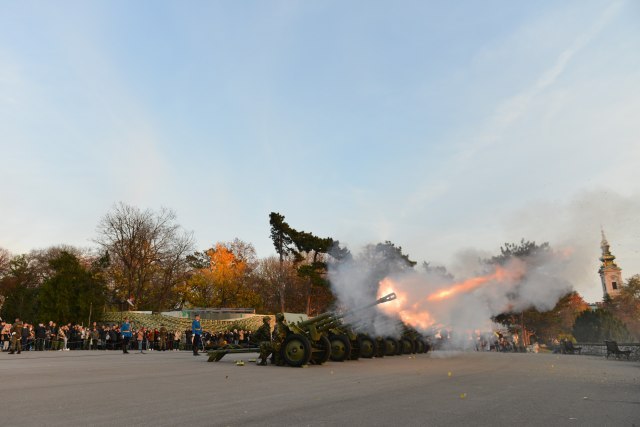
The ceremony will be led by State Secretary of the Ministry of Labor, Employment, Veterans and Social Affairs, Miodrag Kapor. In Belgrade, the Day of Reconciliation will be marked by laying wreaths at the Memorial Ossuary of the Defenders of Belgrade in the First World War at the New Belgrade Cemetery. In addition, ceremonies on the occasion of the Day of Reconciliation in Belgrade will be held at the French Military Cemetery, at the Memorial Ossuary of Russian Soldiers Killed in the First World War and at the Commonwealth Cemetery.
The Day of Reconciliation will be marked in the Serbian capital with the exhibition "Days of Ramonda, Resurrecting Gems of the Balkan Peninsula", which will be opened at 12 o'clock in the Botanical Garden "Jevremovac".
At the exhibition, which will be open until November 15, visitors will be able to get acquainted with the biology, ecology and physiology of Ramonda nathaliae and Serbian Ramonda, which will also be exhibited.
Congratulations of the mayor
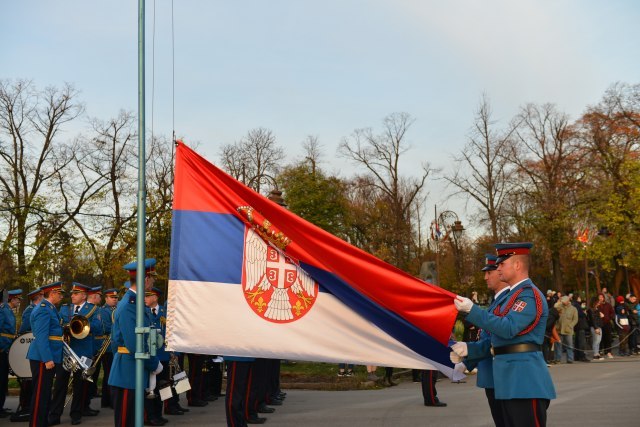
"Serbia is the country that took the longest part in this war and suffered the greatest casualties in terms of population. We must never forget that. This is also the day when the Entente forces signed a truce with Germany and thus ended the war. The Great War was a conflict that citizens of Serbia must remember and constantly be reminded of. This is an important date for all of us, which is celebrated throughout Europe, but also worldwide," the mayor said.
"Mother Serbia" Award to Djordje Mihailovic
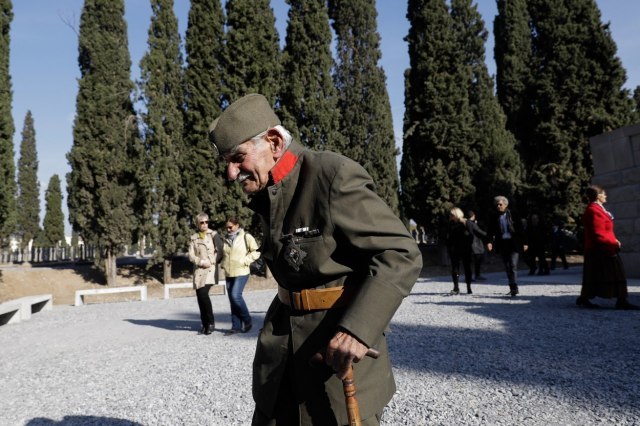
The award will be presented to Mihailović at the Consulate in Thessaloniki by the Minister of Foreign Affairs, Nikola Selaković. The overture for marking the holiday was the honorary firing of ten platoons from the Sava terrace on Kalemegdan.
In Serbia, this day was officially marked for the first time in 2012.
Symbolism of Ramonda nathaliae
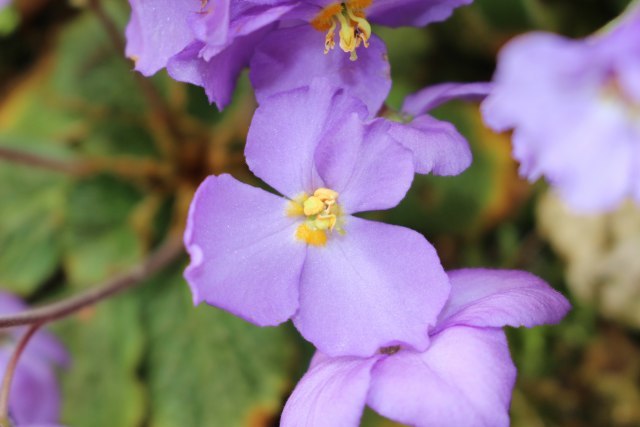
The symbolism of the flower is multiple, both because of the habitat and because of the name. The flower is named after Queen Natalija Obrenović, and it is also known as the phoenix flower, because even if it dries completely when watered, it can come to life, which symbolically indicates the resurrection of the Serbian state from the ashes after the First World War.
The motif of the ribbon of the Albanian Commemorative Medal, which is above the flower, also appears in the emblem.



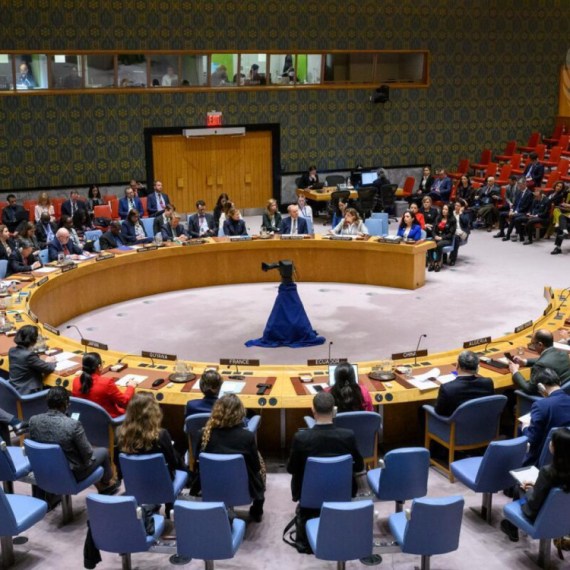

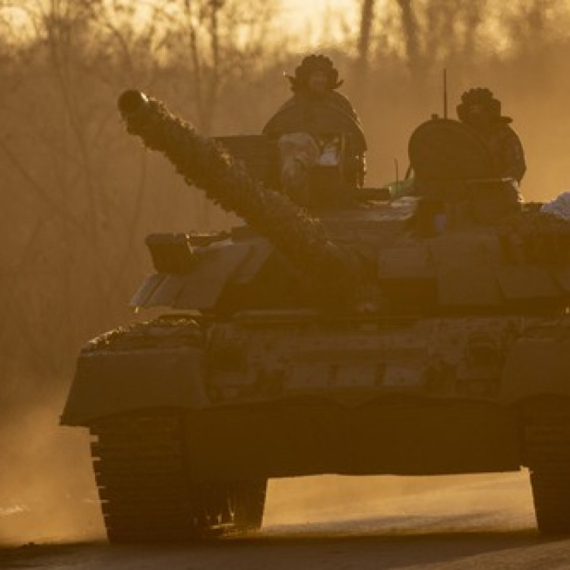
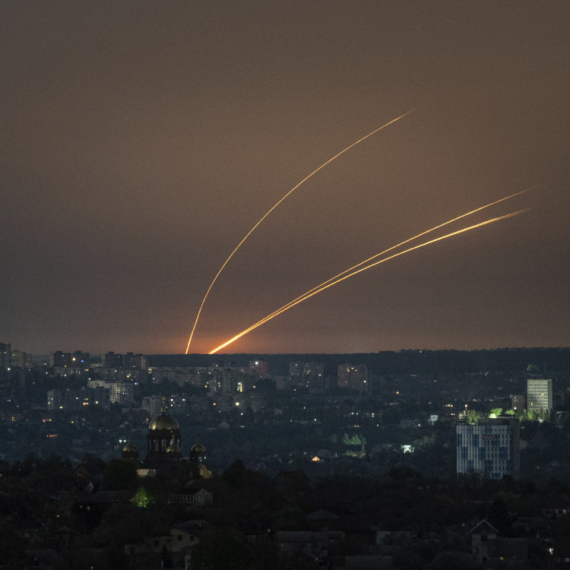



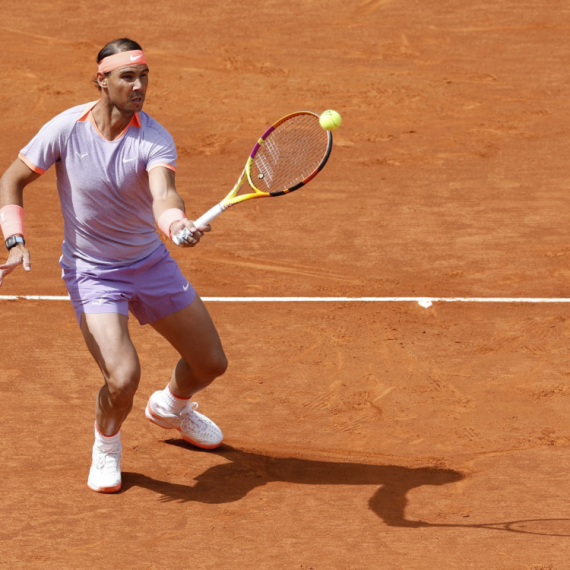

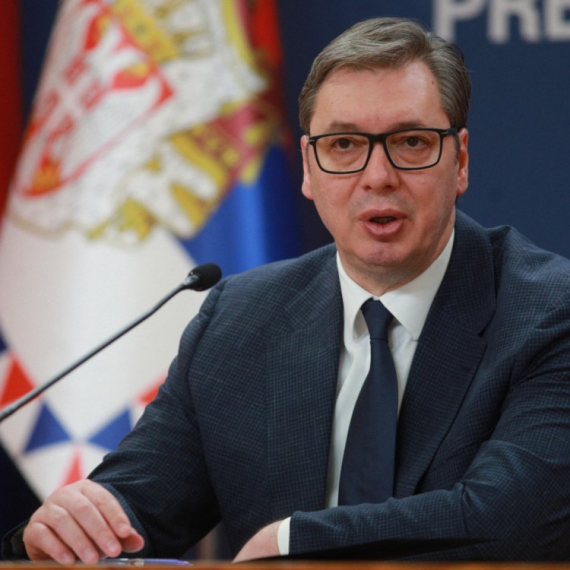


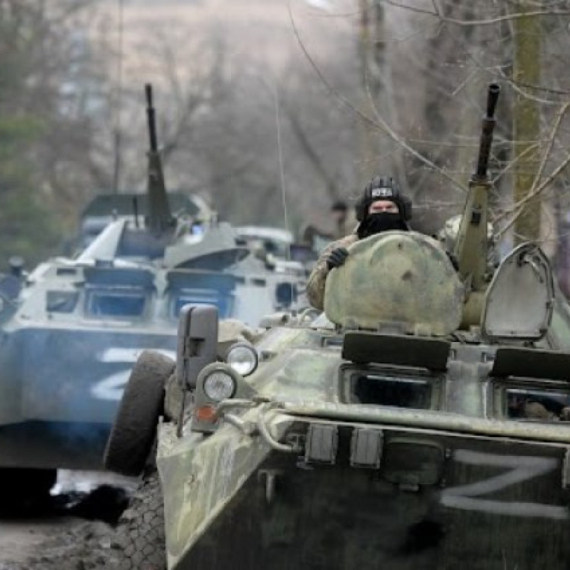
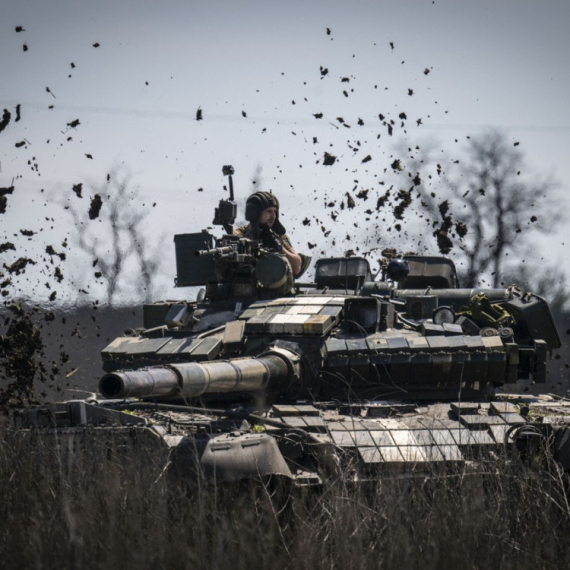


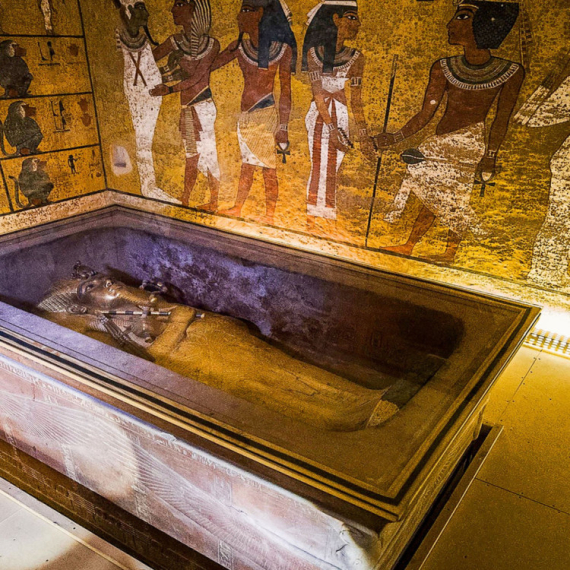





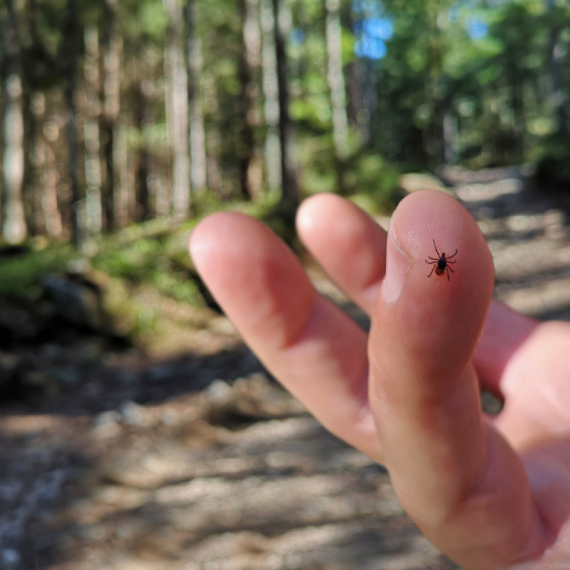






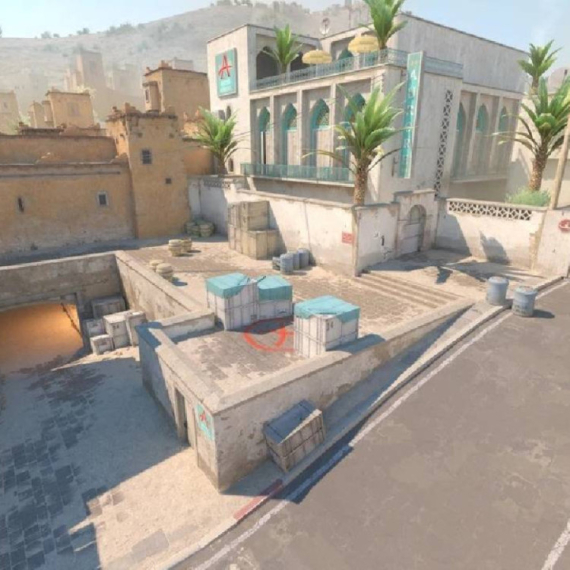





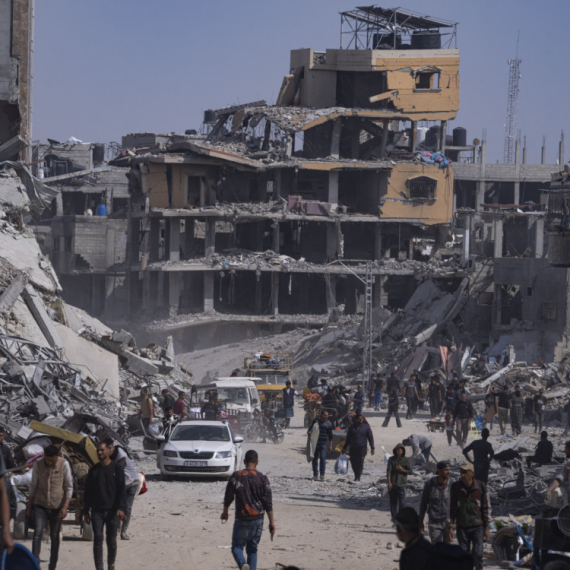

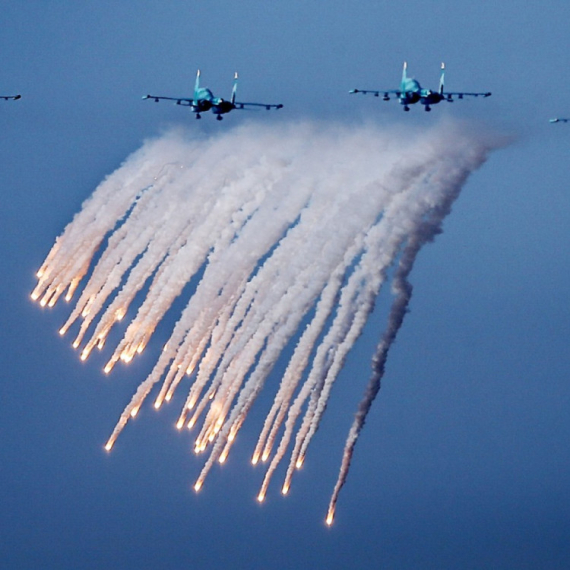




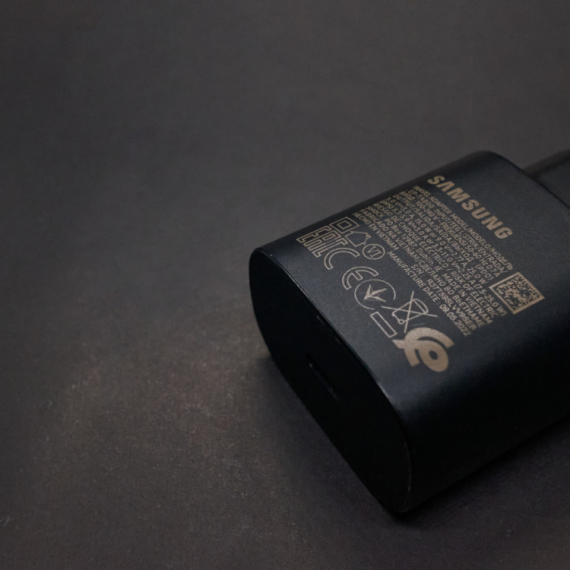








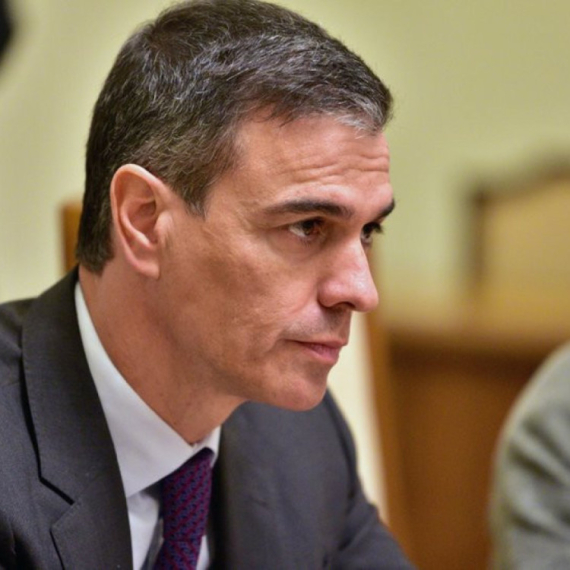

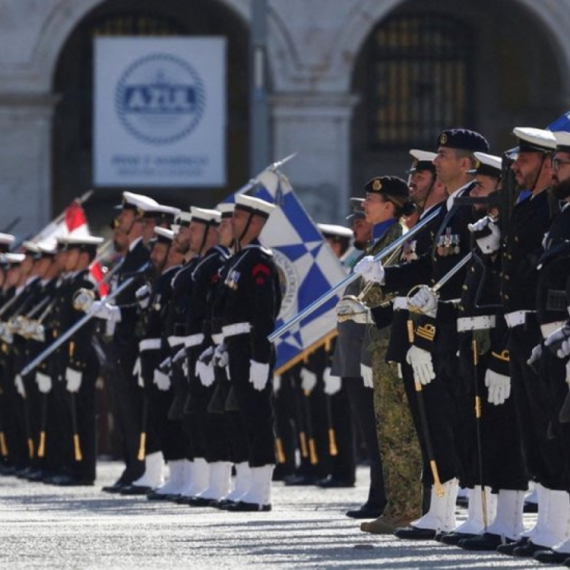

Komentari 0